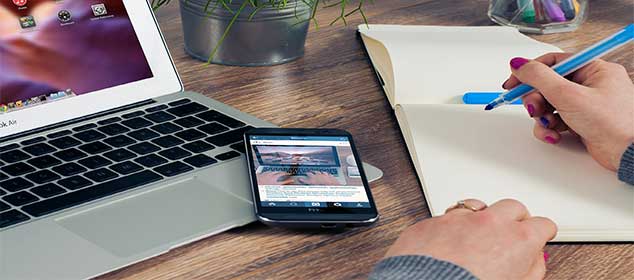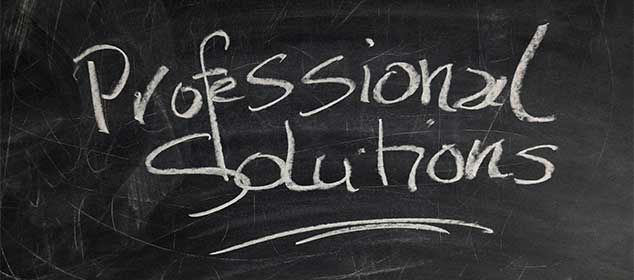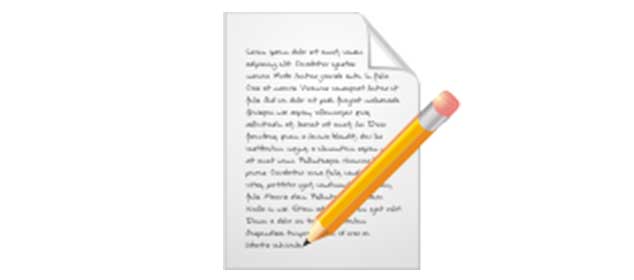How to Write Successful Headlines
The single most important part of any good sales copy is the headline. It’s the first thing your visitors see and if you do it wrong, it will be the last. Your headline needs to do one thing and one thing only – make the reader want to continue reading the rest of your sales copy!
Finding the Single Most Important Thing to Your Audience
Ask yourself a very simple question: What is the single, absolute most important thing on your audience’s mind right now? This can be the longest research piece of the entire process as you start working on your sales copy. It is vital, though, and the moment you can determine what your readers want most and then highlight it in the first fold, your conversions will go through the roof.
Remember They Are Buying a Key Benefit, Not a Product or Feature
Stop trying to sell your readers a product or product feature. They’re not there for either one. They can get those anywhere. You need to sell them a benefit that will help solve their problem. Headlines that discuss the “best new dating guide” miss the point. You’re not trying to sell a guide. You’re trying to sell a solution to the problem of not getting any dates. Hit on that key benefit both in your headline and throughout the rest of your guide and your conversions will soar.
Use Pre-headlines to Set the Table
A short pre-headline will appear before your full, size 25–font intro and will usually be a teaser of sorts. For example, you might say, “Find out how 23,432 people were able to …” and then lead into the thing that those 23,000 people were able to do with your product. The idea is to add a small amount of context without creating a headline that is too long. You want your core message in the headline to be short and to the point.
Video Presentations to Boost Credibility
Not every website needs a video. You can make millions on a new product launch with text alone. But, nothing works better for building credibility than a video that directly confronts your reader’s doubts about your headline’s claims. For instance, if you sell a ClickBank course and claim that you have made over 100,000 sales in the last five months, you can easily use a video to show them the 100,000 sales on your ClickBank account page. It’s short, simple and incredibly effective for building instant credibility.
Credibility Elements above Your Headline
Other credibility elements are proving very helpful when placed above a headline. Having seals that show you are a registered business, a safe site, or that your content has been featured on any number of media outlets will draw attention and trigger trust in your readers before they even see what you’re selling. But you can’t jus place these graphic seals on your page, they need to be real or you could get into hot water with the FTC for false claims.
Brainstorm Multiple Headlines
The first headline you think of will never be the one you end up using. Even $10,000 copywriters with thousands of headlines under their belts will sit down and write dozens of versions before settling on just one and putting their site together. The best part about this is that the ones you don’t use are not necessarily useless. You should keep them in a file somewhere and come back later if you launch a new site or would like to split-test your page using multiple headlines.
Make Your Headlines Scannable
The main headline at the top of the page should be short and to the point, with no more than one solid sentence that outlines your reader’s needs. And remember that you’ll have more headlines throughout the rest of your page. These headlines should be clear indicators of what each part of the page is about. They should always be easy to scan so that if someone just skims your page, they can still get a good idea of what you’re selling.
Asking Questions
A great trick for a headline that engages your readers is to integrate questions into the text. Ask your readers a basic question that either stimulates their imagination or hits on a topic they’ve been wondering about. Simply asking them “Are you ready to …” can drive action, enticing them to think about whether they really are ready or not. If they are, they’ll read your page immediately.
Using Numbers
Numbers are a natural device for measuring and analyzing data. Your brain sees a number attached to something and immediately views it as more legitimate and trustworthy. Use that psychological connection with your readers to capture their attention and to showcase the numbers behind your product. You can use numbers to tell them how many people you’ve helped, how much time you’ve saved, how much money you’ve made, etc.





